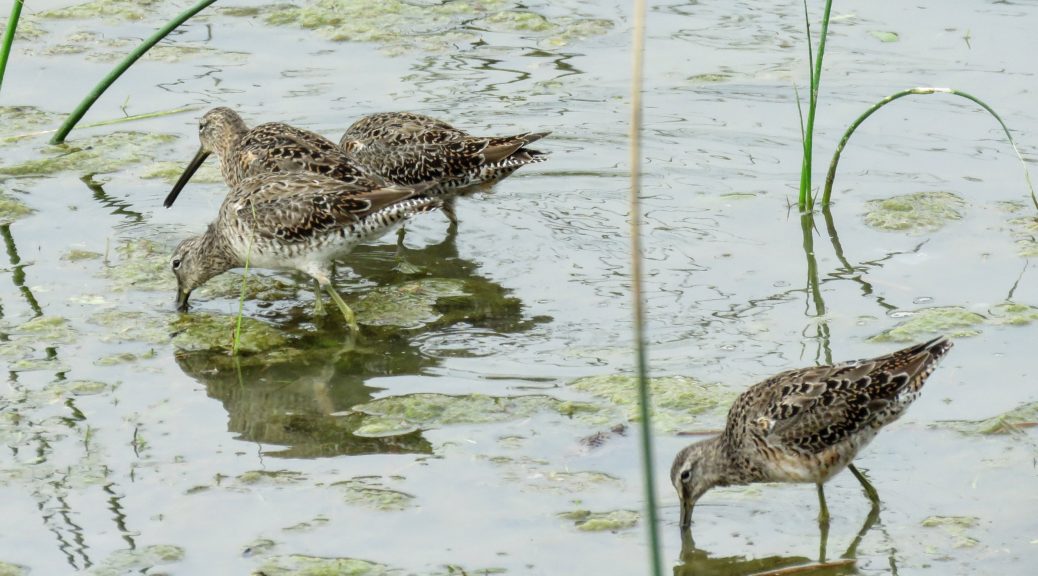Learn all about the geometry of birding from Naturalist Journeys‘ owner and lead guide, Peg Abbott.
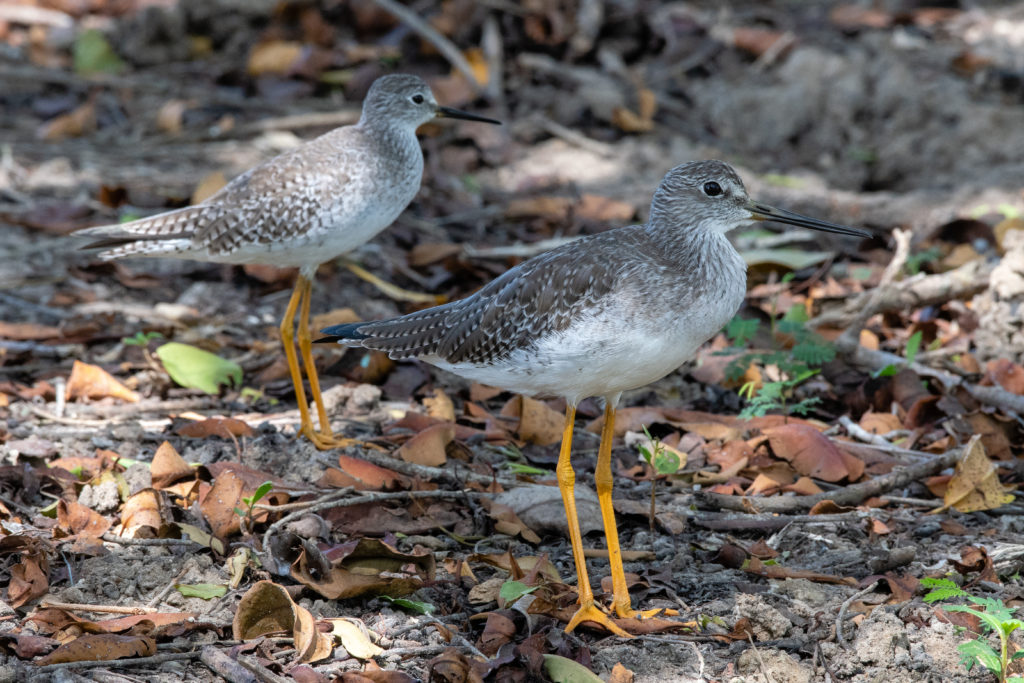
The malaise we all feel trying to get through this pandemic reminds me a bit of jet-lag, that sort of fog that takes over when your energies are low and your internal clock is off. Therefore, it’s at times like these that I like numbers, being a person of many WORDS, work with numbers soothes me. After a few long plane rides back from Africa and Australia, I came up with what I call, the “Geometry of Birding”.
I was never very good with math, but always good with spatial relations. In high school when they tested us for careers, they tagged me as interior design. Hah! A little gender biased I think. However, today I use those spatial skills on beaks, wings, tails, and relative bird proportions.
Size is one of the most unreliable references to use for identification, of all the field marks, as it is so dependent on distance and relationship to other objects. We’ve all had that raptor on a pole turn into a robin, and vice-versa. But relative size is a good one.
I often use geometry often in two ways.
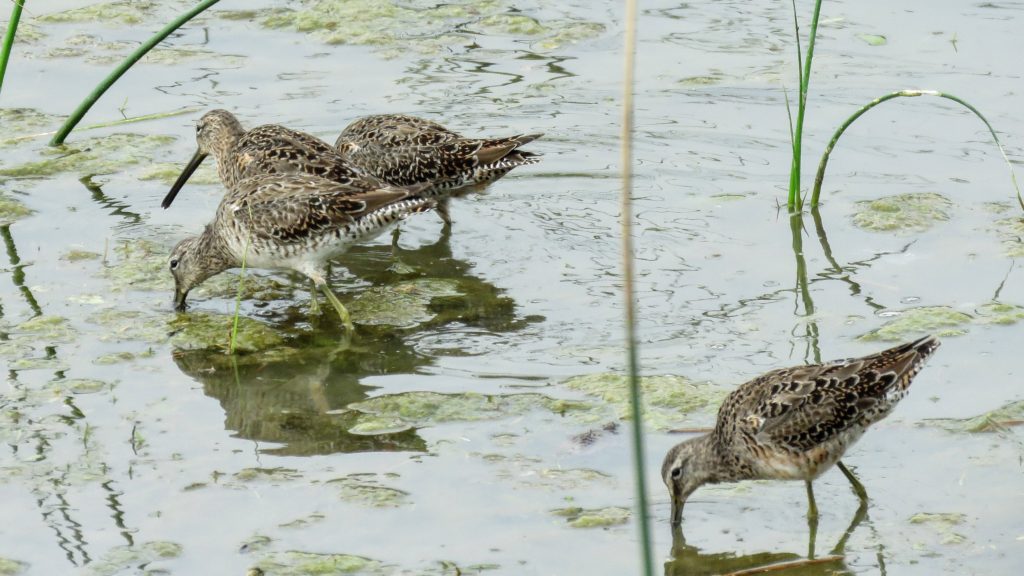
RELATIVE SIZE
Relative Size is good for birds in flocks, or birds that aggregate in the same feeding area. Probably best described with shorebirds, the technique is to pick out a species you know well, and use it as the measure for all others. Trying to figure out that Greater or Lesser Yellowlegs? If a Killdeer is near, voila. Lesser Yellowlegs (10.5”) Greater (14″), Killdeer (10.5″). Using relative size in concert with a check of other field characteristics gives you confidence you made the right call. And finds you some sleepers! Ever see a dowitcher that seemed really small? While this measure does not sort Short-billed from Long-billed, only a half inch apart at 11” and 11.5”, that Stilt Sandpiper (8.5”) making the same feeding motion may be parked nearby! Now if there was a Sanderling nearby, a common companion, at 8” there is your match!
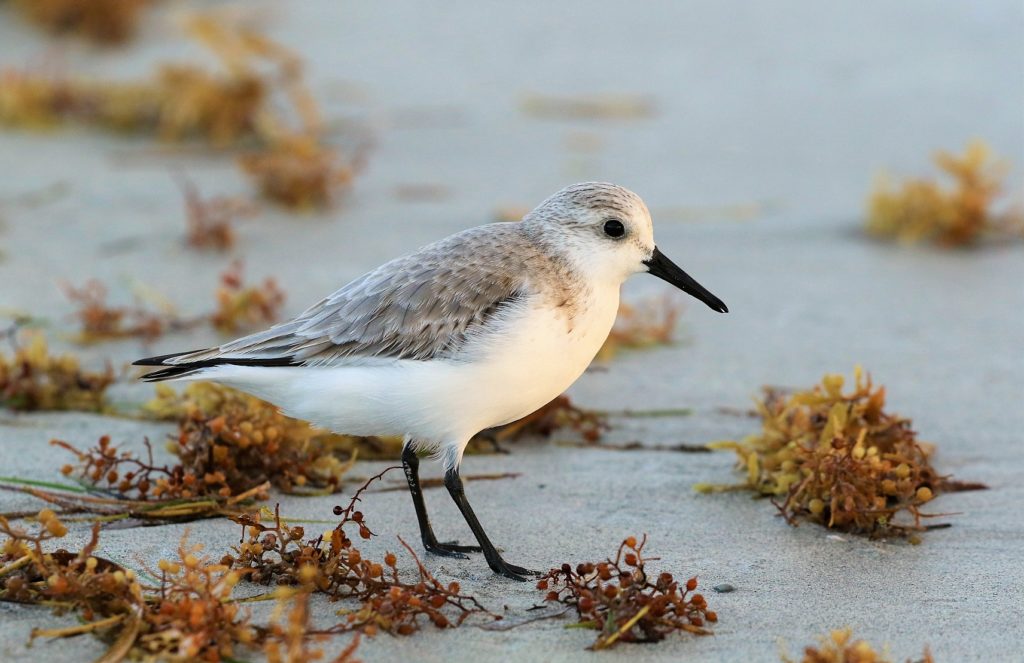
So now the fun begins. If you like Excel, make a chart with bird names and the height measurement (right under the name in most field guides), then sort by size and you have your chart. You can also do this by hand, making columns of 5” species, 6” species, 7” species, all the way up to the giants such as that 23” Long-billed Curlew. And you can take it across groups of birds. Perhaps a Common Raven (24”) landed on the mudflat nearby where you wondered if you had a Long-billed Curlew (23”) or Whimbrel (17.5). Bingo—no limit to sorting birds by size. Most handy is to start with those you commonly see at home. Have a big trip planned with a lot of new species? Have fun with the math and grouping them by size; it will REALLY pay off in the field.

RELATIVE PROPORTION
Relative Proportion is a learned skill but one that is incredibly useful. We have master bird banders to thank for showing us the utility of comparing body parts and bringing that to field guides. Many know for flycatchers to look at the wing length to tail—at rest where do those wings hit the tail? Some also use primary projection, comparing different parts of the wing to each other. If this sounds way out of reach, start simple. I focus in on the beak right off when I see a bird. The shape and the length and proportion. The simplest question is: If you imagined placing the beak over the head, would it cover half, ¾, or full, perhaps even extend beyond it?
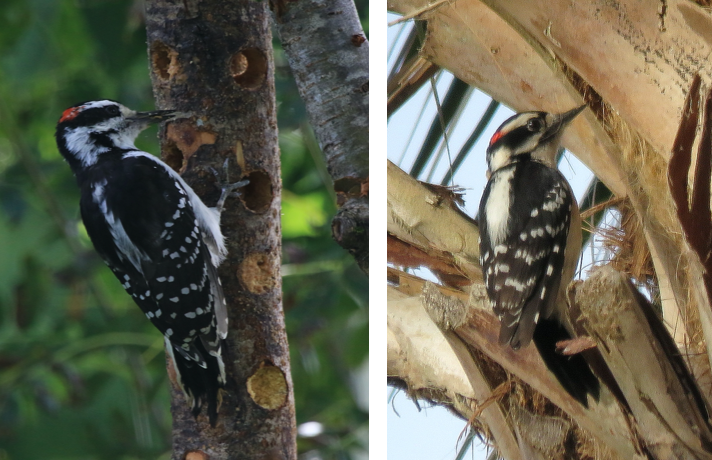
Look up Hairy vs Downy Woodpecker and you will understand the concept. This works well for some of the cryptic warblers, too, and their vireo look-alikes. Compare a Chipping with a Rufous-crowned Sparrow. The, from beaks I often use tails, especially in sparrows. Imagine putting that tail over the birds back. A Song Sparrow is a pretty good fit, whereas Savannah makes it only midway.
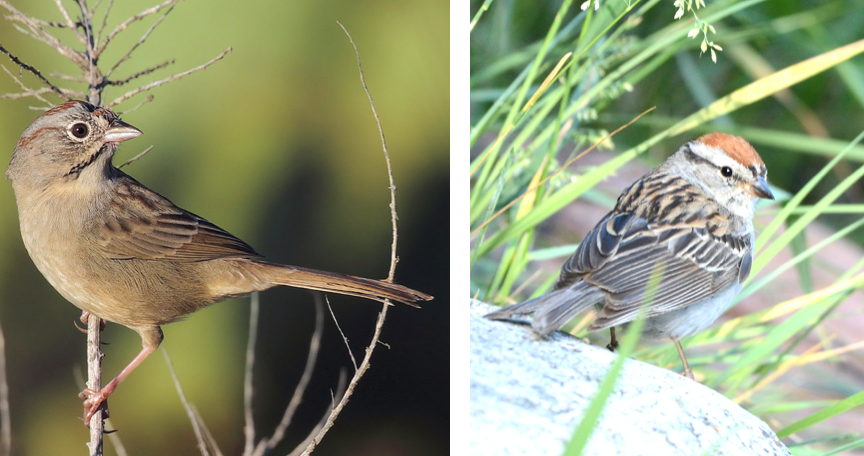
With just your field guide and your imagination, you can sleuth out many species if seen alone, by using its own body parts compared in relative proportion. Check out Bird Topography online as various sites, including Birdforum.net.
Just a few tips on the geometry of birding!
Get in touch!
travel@naturalistjourneys.com | www.naturalistjourneys.com | 866-900-1146

